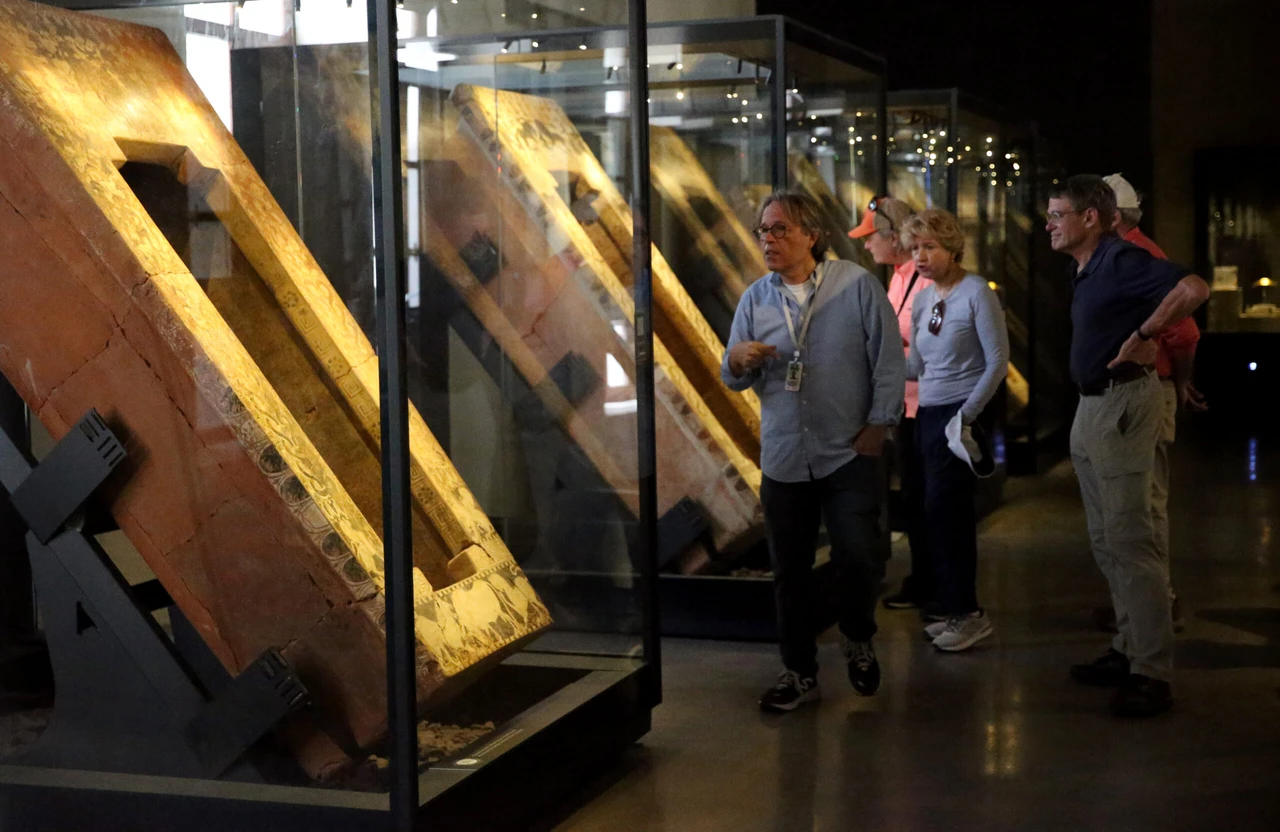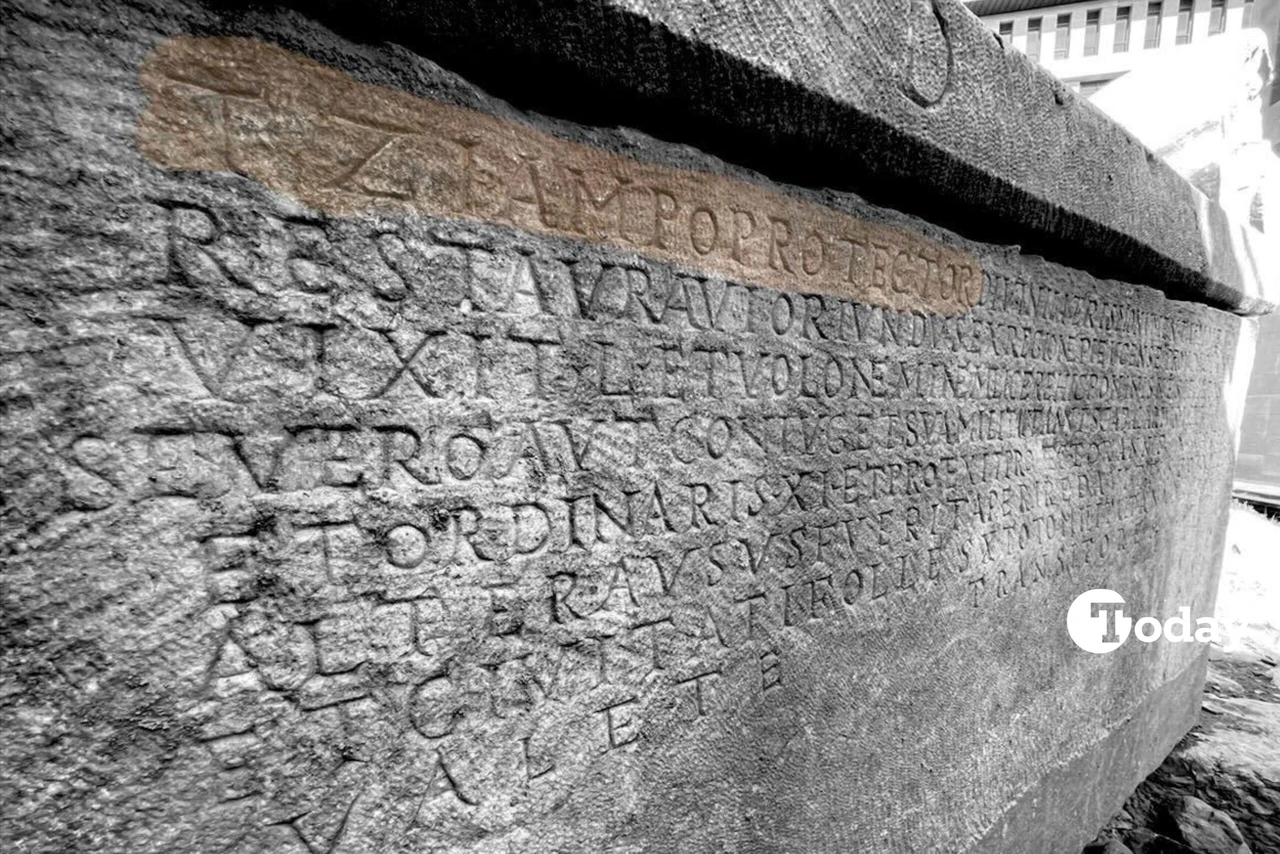Queen Victoria’s secret role in Ottoman Coat of Arms
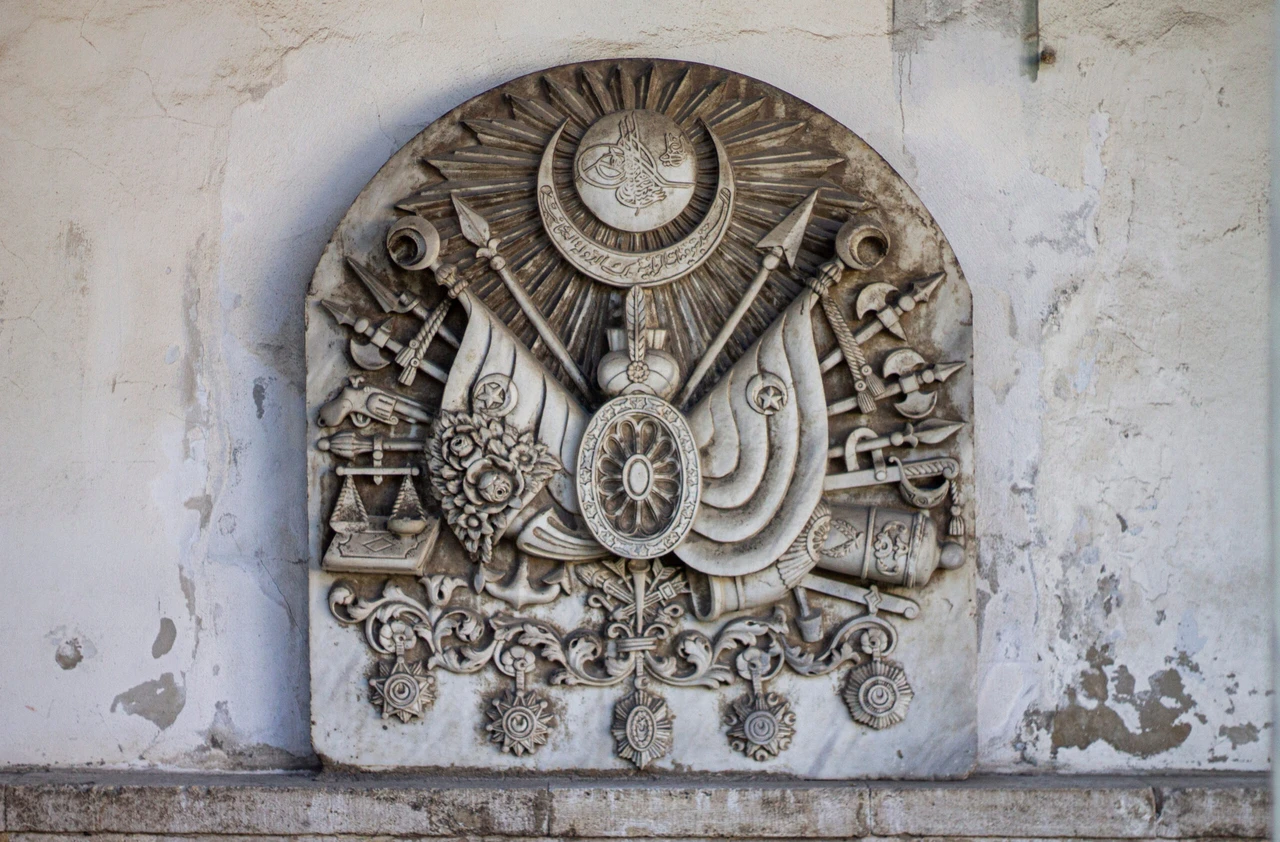 Stone Ottoman Coat of Arms in Topkapi Palace, Istanbul, Türkiye. (Adobe Stock Photo)
Stone Ottoman Coat of Arms in Topkapi Palace, Istanbul, Türkiye. (Adobe Stock Photo)
Many are unaware that the Ottoman Coat of Arms, adopted in the late 19th century, was designed at the request of Queen Victoria of England.
This intriguing story begins in 1856 during the Crimean War when France awarded the Legion of Honour to Sultan Abdulmecid of the Ottoman Empire. In response, Queen Victoria presented him with the Order of the Garter.
The Order of the Garter had a unique tradition: the recipient’s coat of arms had to be displayed on the walls of St. George’s Chapel at Windsor Castle. However, the Ottoman Empire did not have an official coat of arms at that time.
Queen Victoria commissioned Charles Young, a heraldic expert, to design a coat of arms for the Ottoman sultan. Young traveled to Istanbul to research and develop a suitable design, assisted by the interpreter Etyen Pizani.
“Queen Victoria wanted to ensure the Ottoman Sultan had a proper emblem for the Order of the Garter tradition,” explains historian Selman Can.
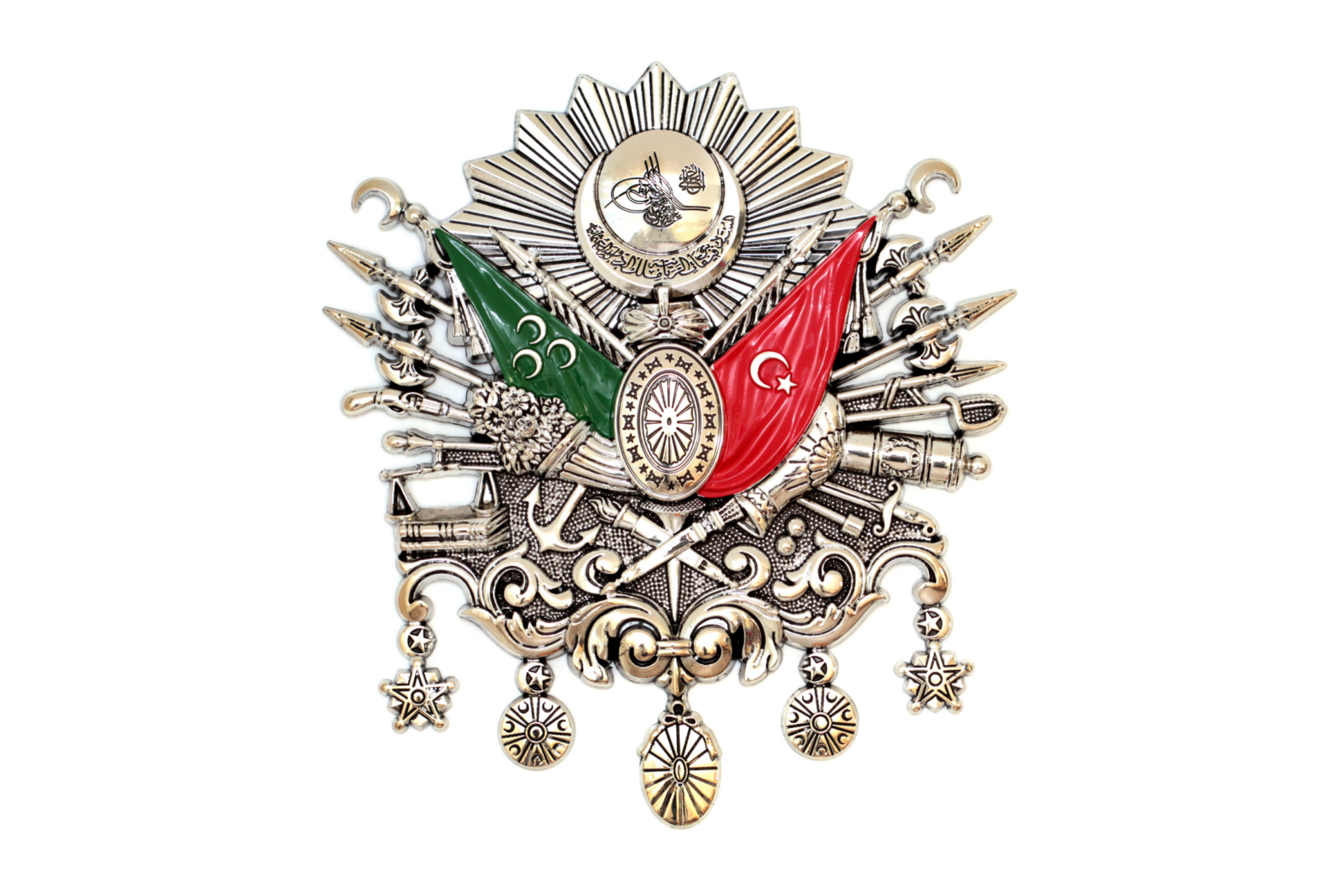
Ottoman Coat of Arms’ design and symbolism
The coat of arms featured numerous symbols, each with its unique meaning. At the top, the sun symbolized the grandeur and glory of the empire. Below it, the sultan’s tughra (signature) was prominently displayed, representing the sultan himself.
The green and red flags symbolized the Islamic faith and independence, respectively. Other elements included the scale, representing justice, and various weapons symbolizing the military strength of the empire.
Additionally, the coat of arms featured the Ottoman crescent and star, the sultan’s turban, and other emblems indicating prosperity and artistic refinement.
“The sun at the top and the tughra below are central elements, representing the Sultan’s magnificence and authority,” notes Dr. Can.
The coat of arms contained 30 distinct symbols, each representing a facet of the Ottoman Empire. The green banner represented the Rumelian provinces, while the red banner with a crescent and star symbolized Anatolia and other Asian territories.
The scales of justice illustrated the empire’s commitment to fairness and equity, reinforced by the presence of books symbolizing the Ottoman legal code and the Quran.
“The symbols were chosen to reflect the empire’s vast influence and rich heritage,” says Ortayli.
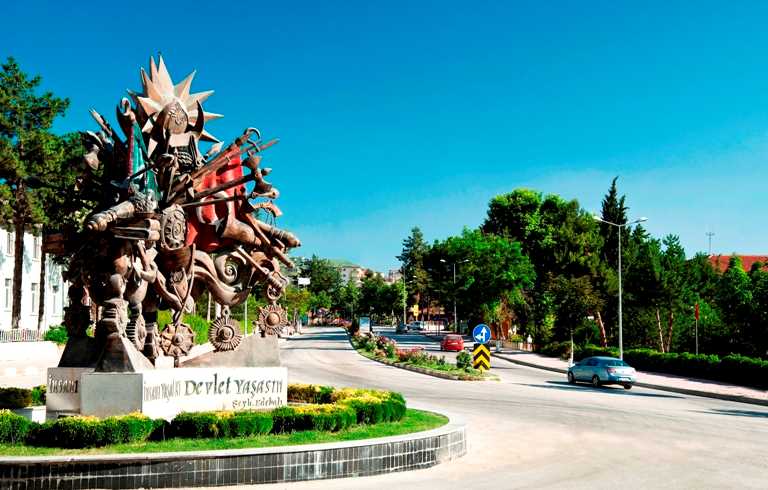
How did Ottoman court perceive the coat of arms?
Despite being a British initiative, the coat of arms was well-received by the Ottomans. Sultan Abdulmecid approved the design, and it was subsequently displayed at St. George’s Chapel.
Ortayli elaborates, “The design included symbols of justice, like the scales, and elements of military might, reflecting the Ottoman Empire’s values and strengths.”
Young’s design process involved extensive research and close collaboration with Ottoman officials. He incorporated traditional Ottoman symbols such as the crescent moon and star, the sultan’s turban, and the tughra.
The process took a year to complete. Young’s work involved studying Ottoman symbols and ensuring the design resonated with the empire’s identity. His visit to Istanbul allowed him to collaborate directly with local experts and understand the cultural significance of each symbol.
“Young’s dedication to accuracy and cultural respect ensured the coat of arms would be embraced by the Ottoman court,” remarks Ortayli.
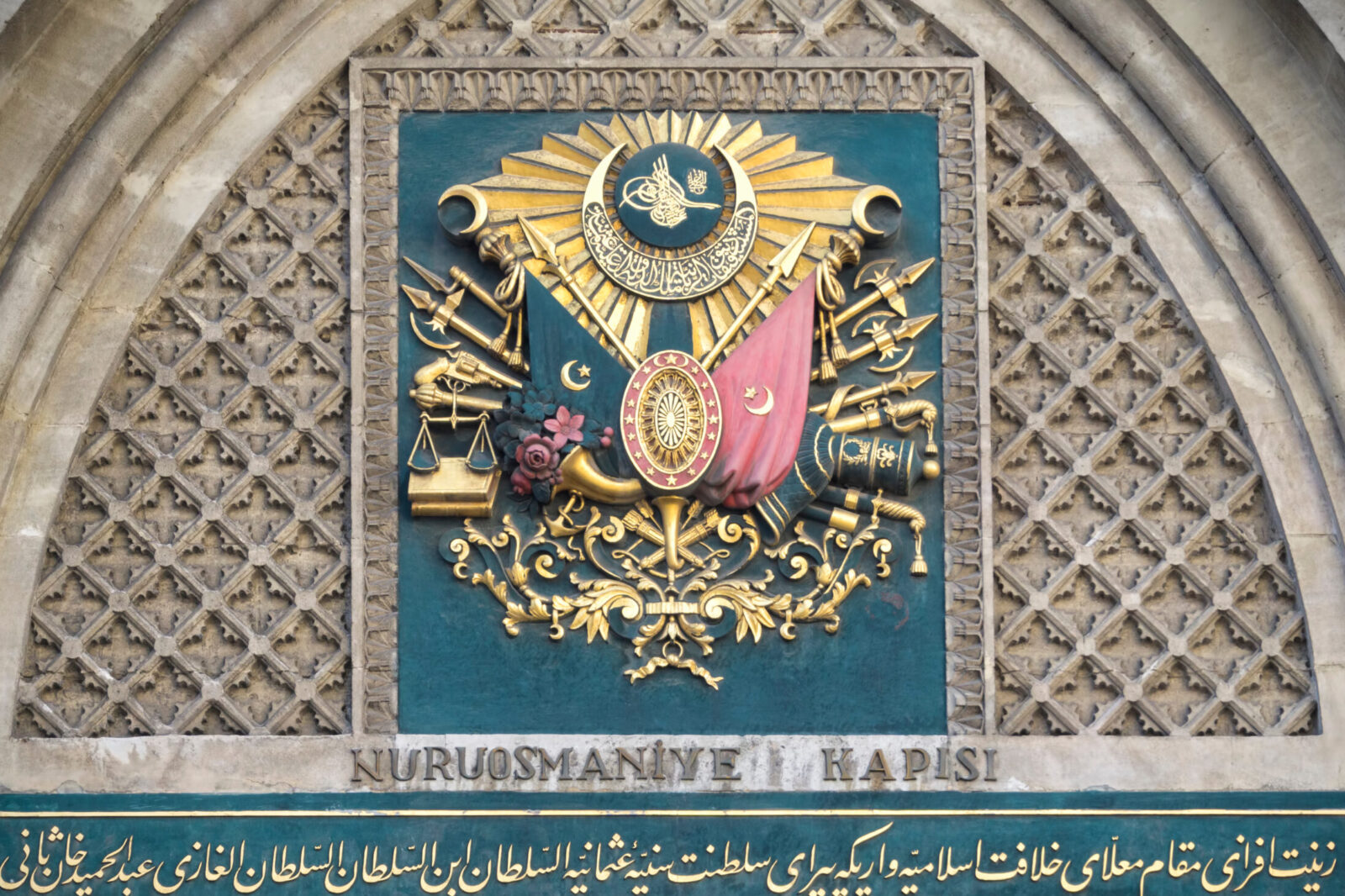
Official adoption of Ottoman Coat of Arms
The final version of the coat of arms, which included additional elements like balance and weapons, was officially adopted in 1882 during the reign of Sultan Abdul Hamid II. The armorial bearings also featured a cornucopia, symbolizing abundance, and flowers representing artistic refinement and beauty.
The coat of arms quickly became a recognizable symbol of the Ottoman Empire, used on official documents, buildings and military insignia. It represented the empire’s authority and the sultan’s sovereignty.
The collaboration between the British and Ottomans on this project reflects the diplomatic relationships and mutual respect between the two empires during the 19th century.

